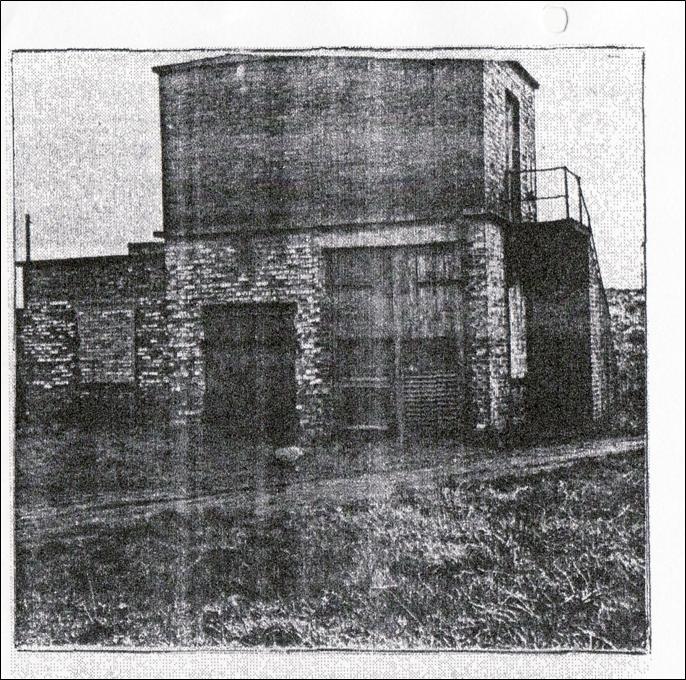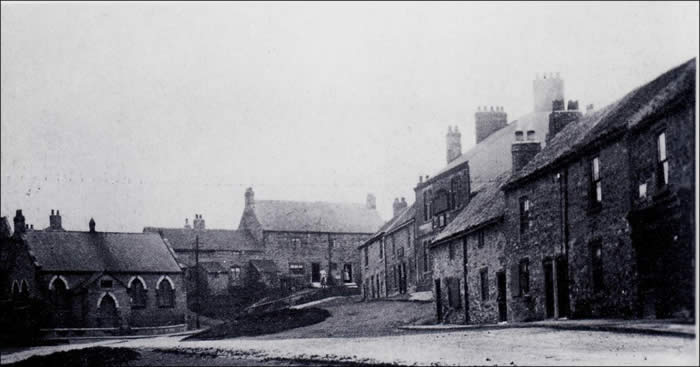(GR 336 479 )
Directions to point H (GR 336 478)
Walk up North Street, the hill between new properties on the left and established bungalows on the right. To the junction with South Street. Turn left at the junction then immediately left again. On the right is the village hall and the church of St. Cuthbert
Point H QRCode and information 
Point G In April 1747 John Wesley came to preach at Rainton, where there were many collieries and an abundance of people. After his discourse of proclaiming the Lord God, gracious and merciful, the people declared that Wesley had been too long in coming. They were carried away with his preaching - when he knelt down they knelt down, they sang when he sang and Methodism was established in the village. The Wesleyan chapel was erected in 1823, but was rebuilt of stone and enlarged to hold 130 people in 1889 at a cost of £400. Still operating, it must be one of the smallest chapels still in existence. At the time of Wesley’s visit to the village in 1747 the area must have been thriving based largely upon employment at collieries situated in the valley to the north of the village. The population figures are much larger than would have been the case if the only form of employment had been in agriculture. The figures for population are as follows:-
1801 - 294, 1811 - 455, 1821 - 671, 1831 - 1600, 1841 - 1441, 1851 - 1695, 1861 - 1505, 1871 - 1611, 1881 - 1680, 1891 - 1510. By 1810, within the village were two collieries, the Pontop Pit whose shaft was positioned where the village school is now located and the Dunwell Pit located about 200metres to the east of the village green. Following the opening of the Hazard Colliery by the North Hetton Coal Company in 1824 the population jumped by almost 1000 souls.
 
| The only known picture of the old Dunwell Pit at East Rainton showing the remains of the Engine House |
East Rainton green in 1910 with the chapel built 1823 to the left and the Public house on the right |
|




